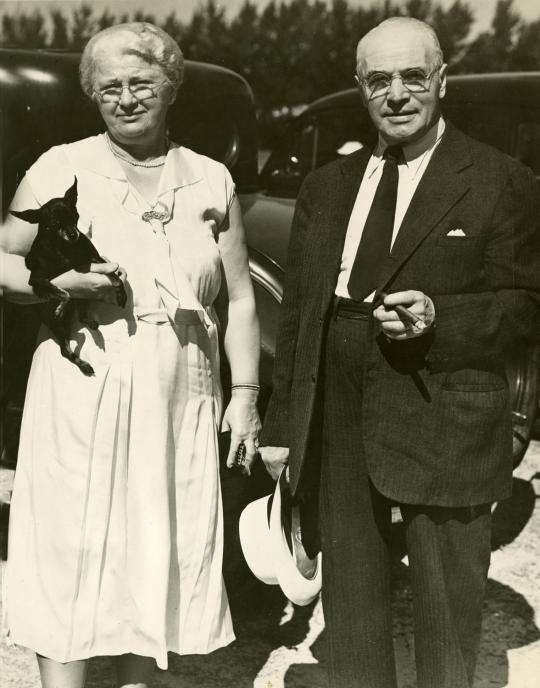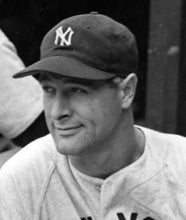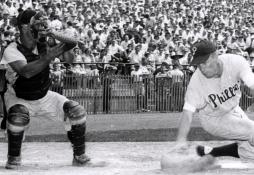- Home
- Our Stories
- Lou Gehrig appears in his 2,000th consecutive game for the Yankees
Lou Gehrig appears in his 2,000th consecutive game for the Yankees
When Lou Gehrig first embarked on what would be a 2,130 consecutive-game streak on June 1, 1925, he had no ambition of becoming a household name. He had no ambition of setting a streak that would take decades to break. When he pinch hit for Yankees teammate Pee-Wee Wanninger on June 1, he stood at home plate with his parents in mind.
“My mother and father were ill when the Yankees gave me a bonus for signing at the end of my sophomore year at Columbia,” he told the NEA News Service. “I needed the money badly. Baseball offered the one way to financial security for me and my own, and I decided to make the most of it. I figured that I had 10 years at the most, and made up my mind to play all the baseball I could in the best way I could during that period.”
Hall of Fame Membership
There is no simpler, and more essential, way to demonstrate your support than to sign on as a Museum Member.
On the day he reached 2,000 consecutive games – May 31, 1938 – no one could have guessed that his superhuman consistency was a by-product of familial love. At this point, Gehrig was one of the highest paid players in baseball at $39,000 a year. The Associated Press heralded his feat as “the greatest endurance record in sports,” while The New York Times featured him on their front page, surrounded by a gaggle of pinstriped Yankees congratulating their teammate before the game.
But while Gehrig’s paycheck had certainly grown since the streak began, his ego hadn’t. The Iron Horse still held himself to same level of dependable excellence, day in and day out, as he had on that historic day in 1925. If he was going to take the field for 2,000 straight appearances, they were going to be appearances of quality.
Wasting no time, now he eyed 2,500.
“There’s no point to [stopping the streak],” he told The New York Times. “I like to play baseball and if I were to sit on the bench for a few games the worrying and fretting would take too much out of me.”
Notching an RBI single in the eighth and recording the final three putouts in the ninth, Gehrig and the Yankees celebrated his streak with a 12-5 win against the Red Sox at home. The Iron Horse’s streak would continue for 130 more games, when he took himself out of the lineup on May 2, 1939, after he started suffering from the effects of ALS, now referred to as “Lou Gehrig’s Disease.” Cal Ripken Jr. would surpass the mark 59 years later, and set the bar at 2,632.
“I never try to hit hard,” Gehrig told NEA. “Sometimes my hard drives are good for home runs. That’s incidental. My consecutive-game record is incidental, too. As I look back over the season, the thing that impresses me most is the realization that I always have tried to do my best, and that I have helped the Yankees to win.”
Alex Coffey was the communications specialist at the National Baseball Hall of Fame and Museum
Related Stories
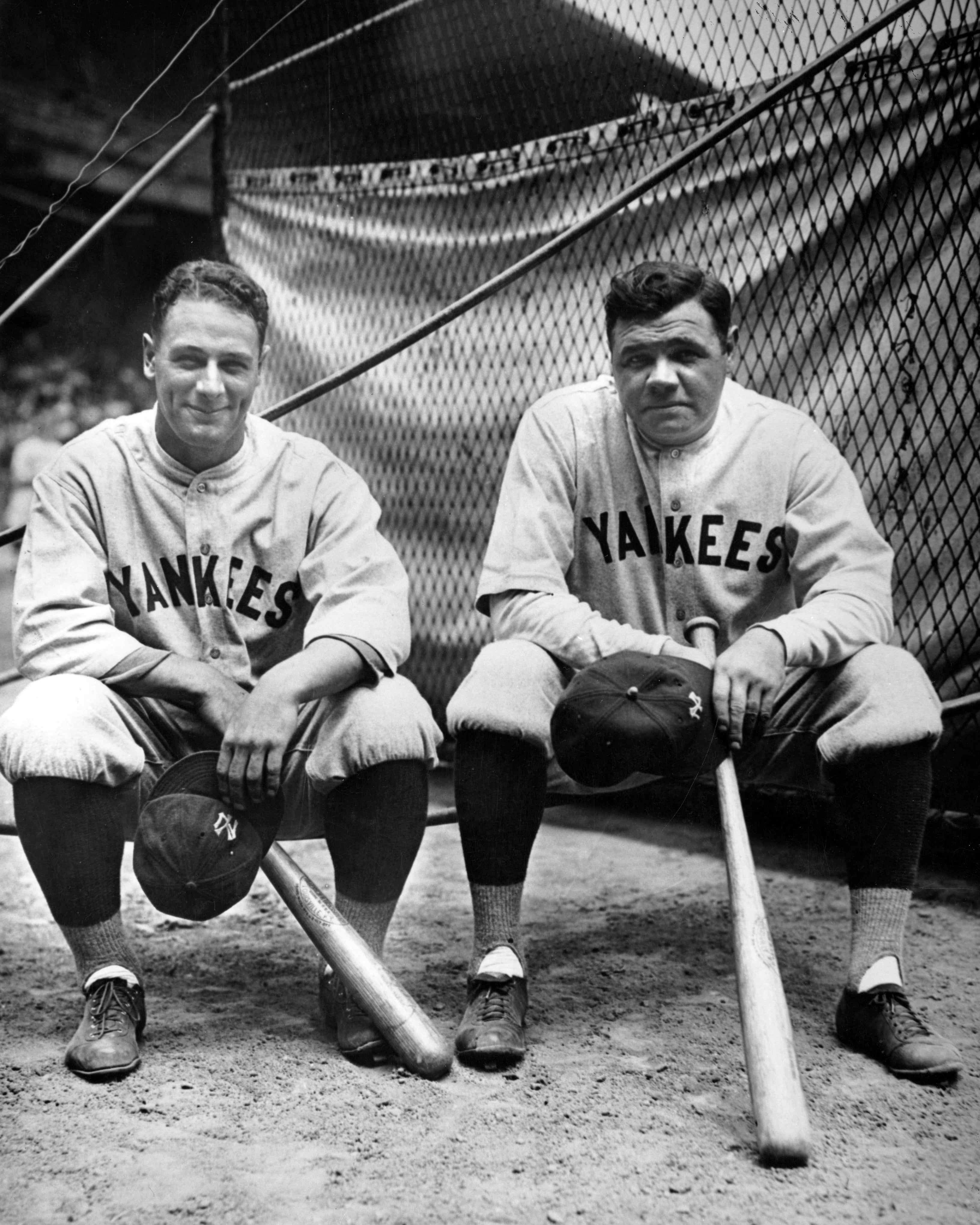
Lou Gehrig hits four consecutive home runs
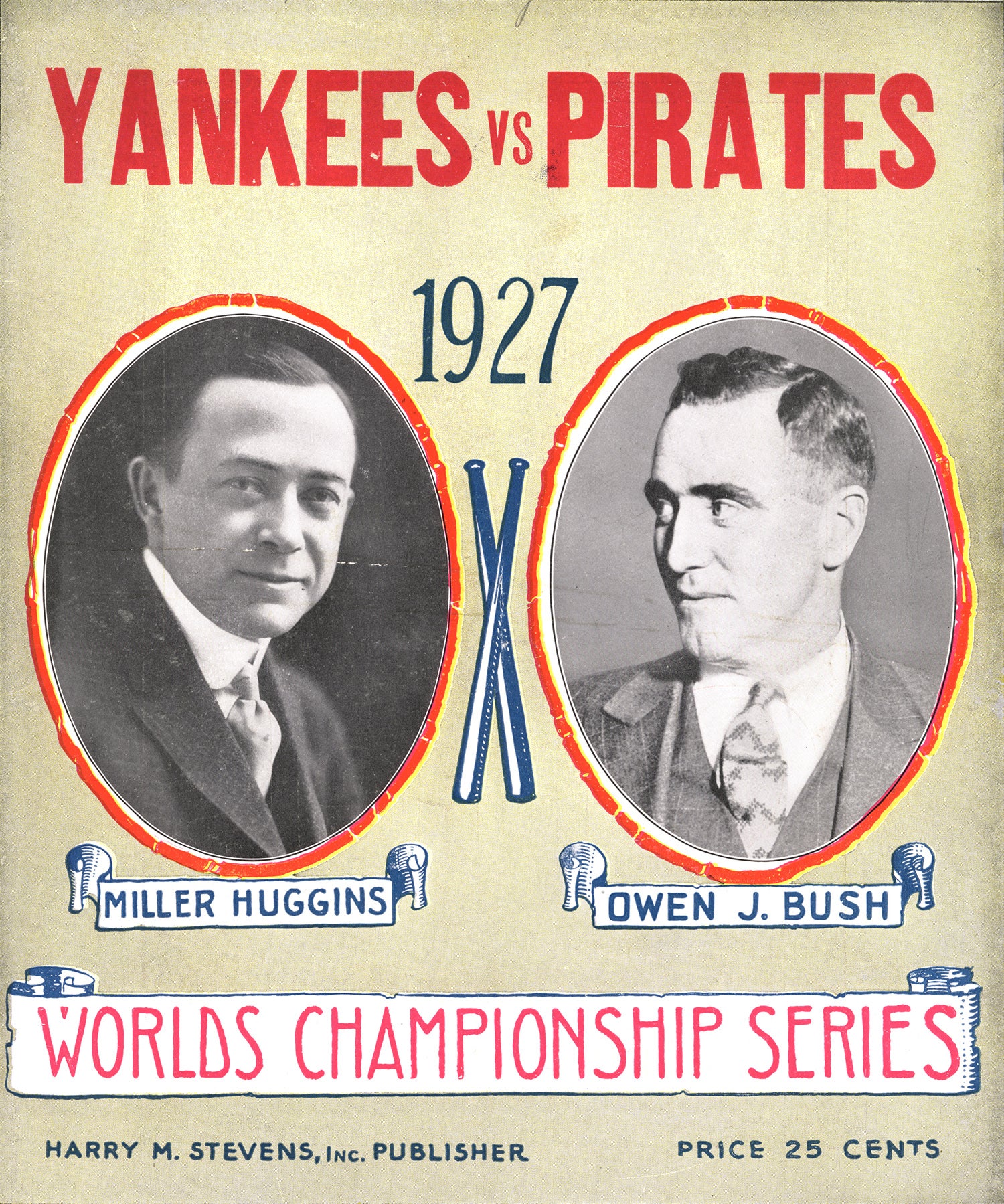
First Game, Last Out in 1927

Lou Gehrig hits four consecutive home runs

First Game, Last Out in 1927
Mentioned Hall of Famers
Related Stories
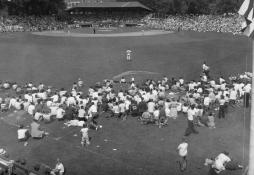
1951 Hall of Fame Game

Joe DiMaggio makes his big league debut, recording three hits in the Yankees’ win

Griffey, Piazza honored by Hall election
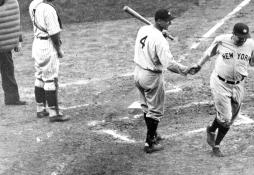
The Babe’s Called Shot

#CardCorner: 1969 Topps Larry Haney

The Hall of Fame Celebrates Royals’ World Series victory

Mercado makes long-awaited trip to Cooperstown
BA MSS 67, Folder 21, Corr_1957_1_11a
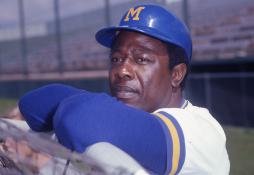
The Braves trade Hank Aaron to the Brewers



